Remember when school was a whole different world? The 1970s were a unique time to be a student – bell bottoms, feathered hair, and educational practices that would make today’s helicopter parents lose their minds. Take a walk down memory lane with these school experiences that were completely normal back then but would never be allowed in today’s classroom environment.
1. Smoking Areas for Students
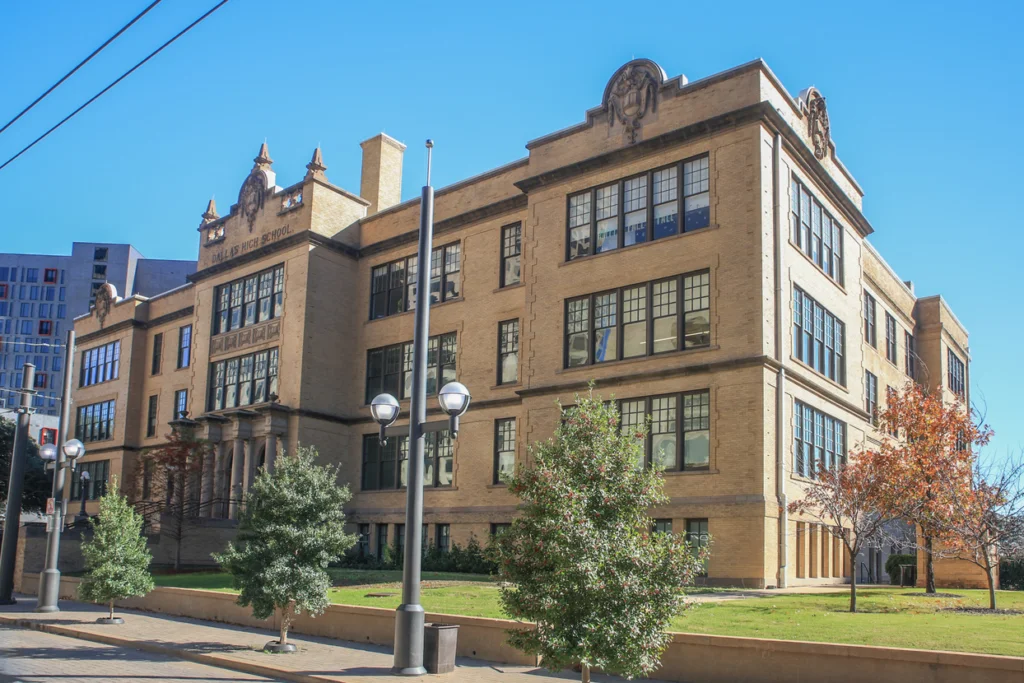
High schools across America actually designated smoking areas where students could light up between classes. These “smoking lounges” or outdoor smoking courtyards were officially sanctioned spaces where teenagers could puff away without getting into trouble. Teachers would often join students for a cigarette, creating an odd social dynamic that blurred the lines between authority and friendship. Cowboy State Daily marvels at just how hoard it is ti imagine such a feature in schools.
Some schools even had student smoking lounges indoors, complete with ashtrays and minimal ventilation. The hazy rooms would fill with smoke during lunch periods and between classes, with no concern about secondhand smoke or health impacts. The idea of providing a designated place for minors to smoke on school property today would result in immediate firings, lawsuits, and national news coverage.
2. Corporal Punishment

Getting paddled by teachers or principals was a standard disciplinary practice in many schools throughout the decade. Wooden paddles, some with holes drilled through them for less air resistance, hung prominently in offices and classrooms as visible reminders to behave. Children would return to class red-faced and teary, with classmates knowing exactly what had happened during their trip to the principal’s office. The Journalist’s Resource unpacks the history behind the use of corporal punishment and how to be educated on this difficult topic.
Parents generally supported these disciplinary measures, often telling teachers “If they act up, you have my permission to paddle them.” Even more shocking by today’s standards, schools rarely called home after physical discipline was administered, considering it a closed matter once the punishment was complete. Although some states still technically allow corporal punishment, the practice has largely disappeared from American schools due to changing attitudes about child development and physical discipline.
3. Unsupervised Recess and Lunch Periods

Kids in the ’70s experienced recess and lunch with minimal adult supervision, often with just one or two teachers monitoring hundreds of children. Playground equipment made of metal and concrete posed genuine injury risks, with hard surfaces below the tall slides and merry-go-rounds that spun fast enough to fling children off. Arguments and minor scuffles between students were largely left for kids to resolve themselves, with teachers intervening only for serious situations. New Georgia Encyclopedia writes of just how much history, politics, and complexity is built into the concept of school lunch, even within the cafeteria among students.
Lunchrooms operated with similar freedom, with food fights occasionally erupting into legendary cafeteria chaos. Students could freely leave campus for lunch in many districts, walking to nearby fast food restaurants or convenience stores without signing out or having parental permission slips. The idea of an open campus with minimal supervision would be considered a liability nightmare and security risk in today’s school environment.
4. Minimal Special Education Support
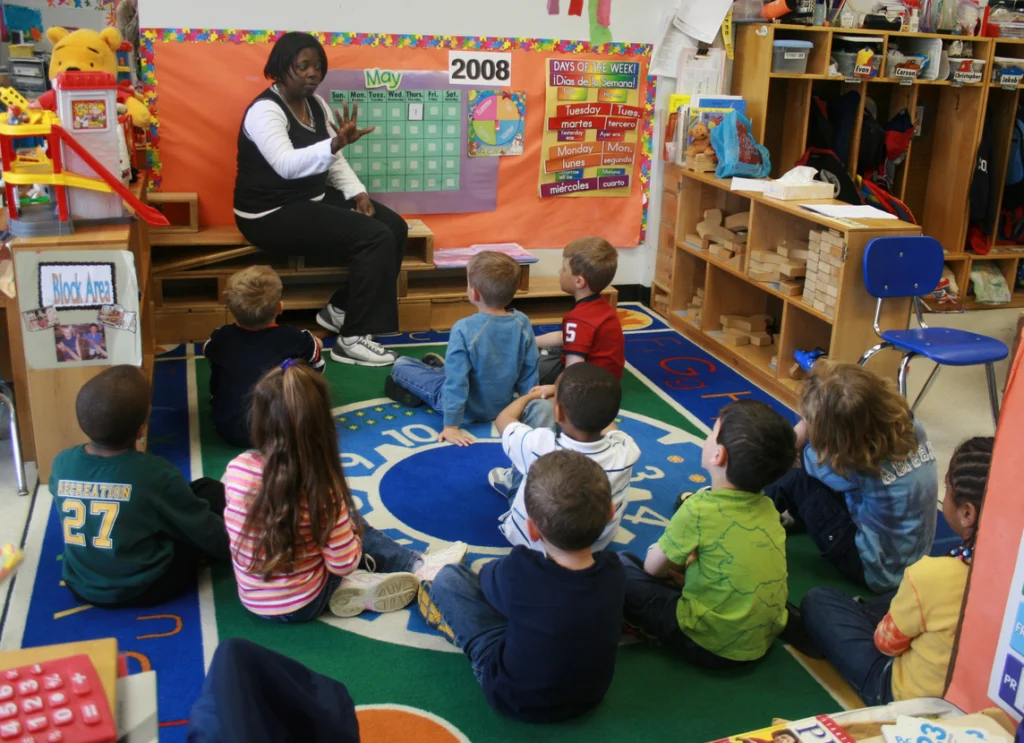
Children with learning disabilities or special needs were often left to fend for themselves in regular classrooms without accommodations or were placed in separate “special” classes regardless of their specific needs. Terms like “retarded” or “slow” were casually used by educators to describe students who struggled academically, with little understanding of learning differences or neurodiversity. These students frequently became targets for bullying, with minimal intervention from adults who often viewed such teasing as a normal part of childhood social dynamics.
The concept of IEPs (Individualized Education Programs), classroom accommodations, or inclusive education was practically nonexistent in most schools. Many children with disabilities didn’t attend public school at all, with families either keeping them at home or placing them in specialized institutions far from mainstream education. The rights of all students to appropriate education wouldn’t be fully protected until the Education for All Handicapped Children Act was more broadly implemented in the late 1970s and expanded in subsequent decades.
5. Questionable Hygiene Practices in Gym Class
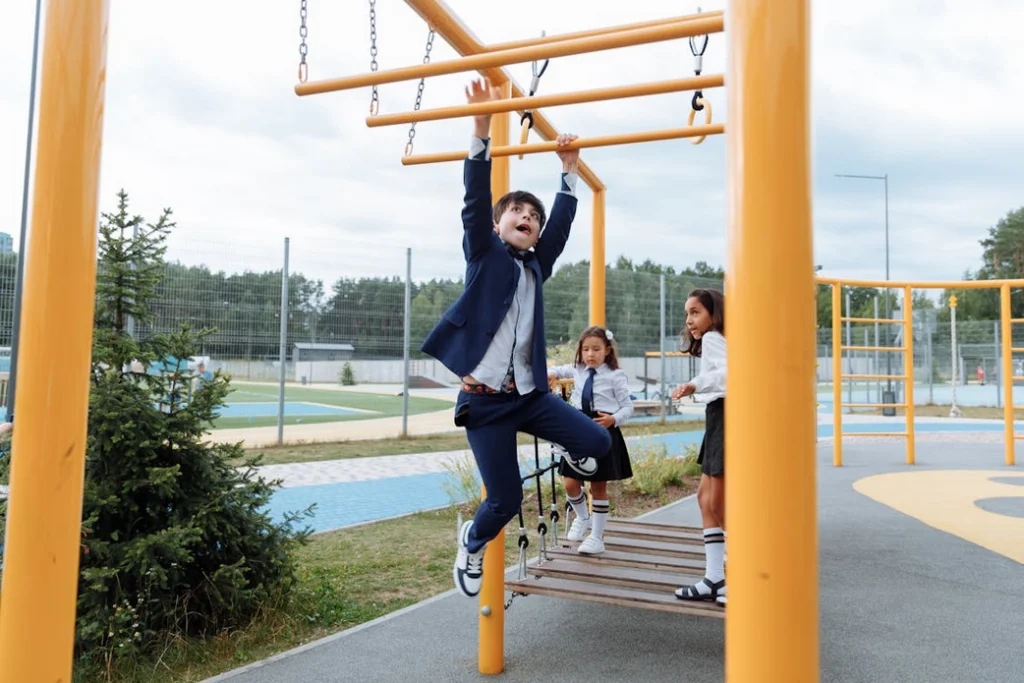
After physical education classes, showering was often mandatory in communal shower rooms with no privacy dividers or curtains. Teachers would sometimes stand at the entrance checking off names to ensure everyone had showered, creating uncomfortable situations particularly for self-conscious adolescents. Boys in many schools swam naked during gym classes, a practice that continued from earlier decades based on outdated concerns about swimsuit fibers clogging pool filters.
PE uniforms were rarely washed, with many students using the same gym clothes for an entire week or longer. The pungent locker rooms became infamous for their distinctive odor, a mix of adolescent body odor, old sneakers, and industrial-strength disinfectant. Concerns about body autonomy, privacy, or psychological impacts of forced nudity were virtually nonexistent in physical education programs of the era.
6. Teaching Religious Values in Public Schools
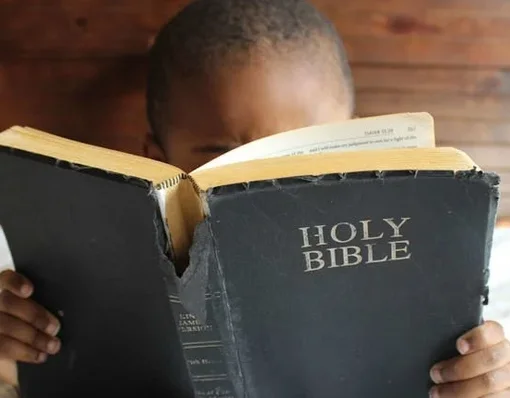
Many public school classrooms featured prominently displayed Christian religious imagery, from crosses to portraits of Jesus, particularly in rural and suburban districts. Morning routines in numerous schools included not just the Pledge of Allegiance but also prayers or Bible readings, practices that continued despite Supreme Court rulings against them in the previous decade. Christmas was celebrated unabashedly as a religious holiday with nativity plays and explicitly Christian music, rather than the more inclusive “winter celebrations” common today.
Teachers frequently incorporated religious viewpoints into various subjects without presenting alternative perspectives. History lessons often presented America as a “Christian nation” while science classes in many districts avoided or downplayed topics like evolution that might conflict with certain religious beliefs. The separation of church and state in education was viewed much more loosely, with local community standards typically prevailing over constitutional concerns.
7. Dangerous Chemistry Experiments

Science classrooms in the ’70s featured experiments that would give today’s school safety officers heart attacks on the spot. Students routinely handled mercury with bare hands, mixed volatile chemicals without proper ventilation, and worked with open flames with minimal safety equipment. Chemistry teachers demonstrated reactions that produced impressive explosions, toxic gases, or corrosive substances, prioritizing the “wow factor” over potential hazards.
Safety goggles were optional in many labs, with students occasionally experiencing minor chemical burns or inhaling fumes as part of the learning experience. Chemistry supply rooms contained substances that would be strictly controlled today, from concentrated acids to compounds that could be used to create explosive mixtures in the wrong hands. The casual approach to potentially dangerous materials reflected a broader cultural attitude that valued hands-on experience and accepted a higher level of risk in educational settings.
8. Teachers Smoking in Classrooms

Teachers openly smoked cigarettes while teaching, often keeping an ashtray on their desk that would fill up throughout the day. Students became accustomed to the constant haze hanging in classrooms and the distinctive smell of cigarette smoke permeating their textbooks and clothes. Some teachers would even send students to the teachers’ lounge to retrieve cigarettes or lighters, creating errand-runners for their nicotine habits.
Faculty lounges were essentially smoking lounges, with coffee and cigarettes fueling teachers through their planning periods. The idea of smoke-free schools wouldn’t gain traction until the 1980s, and even then it faced significant resistance from staff who considered smoking their right. Many students from this era recall specific teachers by the brands they smoked – the English teacher with her Virginia Slims or the math teacher who chain-smoked Camels while grading papers.
9. Gender-Separated Classes and Activities
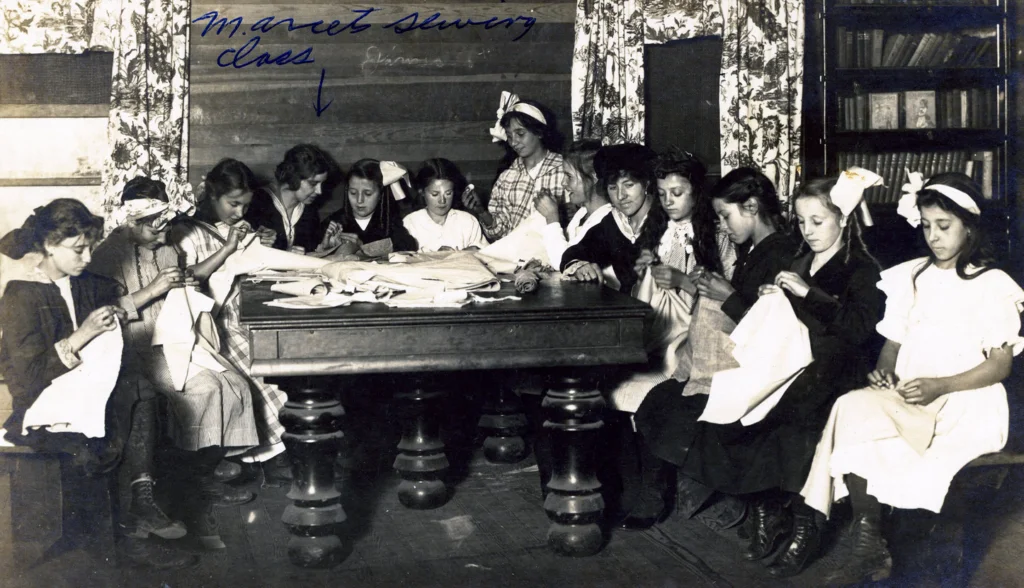
Girls and boys were routinely separated for various subjects, with boys directed toward shop classes and girls toward home economics without regard for individual interests. Female students were often actively discouraged from pursuing advanced math and science courses, with guidance counselors steering them toward secretarial training or teaching careers instead. Boys who showed interest in cooking, art, or other “feminine” pursuits faced ridicule from both peers and often from teachers themselves.
School dress codes rigidly enforced gender norms, with girls required to wear dresses or skirts regardless of weather conditions or practical concerns. Physical education programs provided entirely different activities based on gender, with girls playing less competitive games while boys engaged in more aggressive sports and received more extensive athletic opportunities. The idea that gender should determine educational opportunities was built into the foundation of school systems, with few questioning these rigid divisions.
10. Outdated and Biased Textbooks

History textbooks presented heavily sanitized versions of American history, often glorifying colonization while minimizing the perspectives of indigenous peoples. The contributions of women and minorities were largely absent from curriculum materials, with white male historical figures dominating the narratives presented to students. World history often maintained a Eurocentric viewpoint, presenting other cultures through a colonial lens rather than on their own terms.
Science textbooks contained information that was already outdated when printed, sometimes presenting theories that had been disproven decades earlier. Social studies materials frequently contained overt stereotypes about various ethnic and racial groups that would be considered blatantly offensive by today’s standards. The lack of diverse perspectives in educational materials reflected and reinforced the societal biases of the time, shaping how an entire generation understood the world and its history.
11. Zero Accommodations for Mental Health
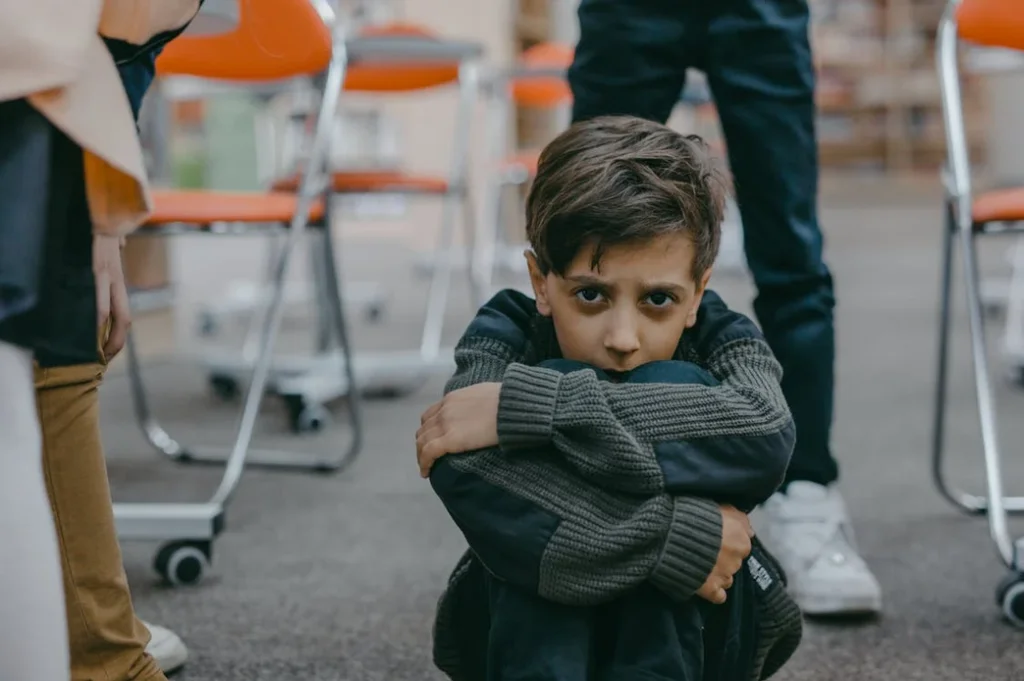
Students experiencing anxiety, depression, or other mental health challenges received little to no support from school systems. Conditions like ADHD were rarely recognized, with affected students simply labeled as “problem children” with behavioral issues deserving punishment rather than accommodation. Trauma-informed approaches to education didn’t exist, with kids experiencing difficulties at home expected to leave their problems at the classroom door.
Guidance counselors focused primarily on class scheduling and college applications rather than emotional wellbeing or mental health support. Children experiencing bullying were often told to “toughen up” or “learn to deal with it,” with little recognition of the lasting psychological impact of peer victimization. The stigma around mental health was so strong that even discussing emotional struggles was taboo, leaving many students to suffer in silence throughout their educational careers.
12. Questionable Field Trip Supervision

Field trips operated with remarkably loose supervision by today’s standards, often with just one or two adults managing large groups of children in public spaces. Permission slips, if used at all, were simple notes rather than the detailed liability waivers that parents sign today. Students would pile into teachers’ personal vehicles or parent volunteers’ cars without background checks, seatbelts, or concerns about insurance coverage.
Museum visits allowed students to wander freely through exhibits with minimal oversight, occasionally resulting in minor vandalism or lost children. Outdoor education experiences included minimal safety protocols, with children swimming in natural bodies of water, hiking difficult terrain, or engaging in risky activities with little formal training or protective equipment. The casual approach to off-campus supervision reflected a broader cultural attitude that valued independence and accepted that minor injuries were just part of growing up.
13. Publicly Displayed Test Scores and Grades

Teachers commonly posted test results and grade rankings on bulletin boards for everyone to see, complete with student names and scores. Reading groups were openly labeled with names that made academic hierarchies crystal clear – terms like “bluebirds” for advanced readers and “robins” for those who struggled created visible tracking that followed children throughout their education. Report cards were read aloud to the entire class in some schools, turning academic performance into a public spectacle rather than a private matter.
Students were often made to grade each other’s papers, announcing scores to the teacher while classmates listened. Physical fitness test results were similarly public, with children weighing in front of peers or running timed laps with results shouted out for all to hear. The complete lack of privacy around academic and physical performance created intense pressure and embarrassment for many students, particularly those who struggled in any area.
The carefree, rough-and-tumble school days of the 1970s may trigger nostalgic memories for those who lived through them, but they also remind us how dramatically our understanding of education, child development, and safety has evolved. While some might argue that today’s schools have become overprotective, most would agree that greater awareness of student wellbeing, mental health, and inclusive practices has created more positive learning environments. Perhaps the best approach lies somewhere in the middle – maintaining high expectations and independence while ensuring appropriate protections for all students.


